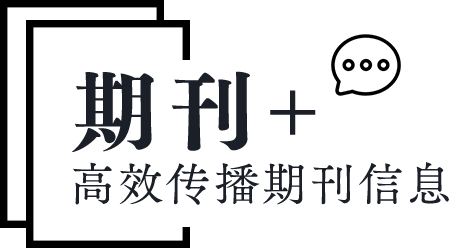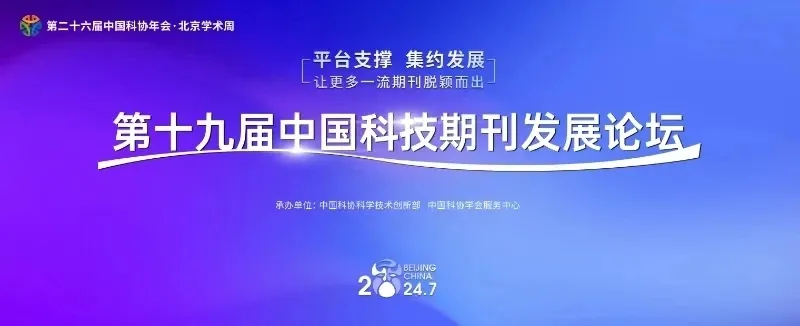const container = document. getElementById("shadow-container"); const shadow = container. attachShadow({ mode: "open" }); shadow. innerHTML = ` . box {color: green; border: 0px; padding:0px; }Click on the blue characters above to follow us. In this issueof Science Advances, a new model describes how news media publish false information in order to compete for public attention. The method of publishing false information is described. These findings portray a trend(or the so-called “arms race”):the tendency to publish extremely partisan fake news to increase audience participation. The model may help researchers quantify the long-term trade-off between the immediate benefits of false information to news organizations(such as increased website traffic)and long-term damage(such as damaged reputation). Study author Arash Amini and colleagues pointed out: “Our results highlight the effectiveness of educational initiatives aimed at improving media literacy and reducing information blindness. By equipping individuals with the skills to better assess the credibility of the information they receive, the risk of blind compliance with information in the entire community can be effectively reduced. ”Under the coercion of today's “attention-oriented” economy, in order to compete for user attention,news media will compete to adopt more ostentatious language and more inflammatory narrative techniques, Don't even hesitate to create fake news to increase reader engagement. Although sharing false information has become a strategy to expand audiences, this method can damage credibility and may have long-term negative effects. In order to quantify its pros and cons, the author of the study, Amini et al., developed a test model. They use a zero-sum game approach, that is, media organizations (or participants) must choose between disseminating true and false information to their audiences. This method relies on a premise called quantum response equilibrium, that is, game participants can only make certain rational choices in the decision-making process. The model defines the evolution of each participant's influence by monitoring the credibility of participants, the proportion of accurate reports, and the existing view of the audience. By comparing the distribution of false information exposure and the reputation-public opinion curve, the output of this model is highly consistent with the real-world news model. It also describes the way of a possible “arms race” between news media. When one party resorts to fake news, the other must adopt the same strategy to compete. The model further portrays how this “arms race” will intensify the polarization of the audience and lead to an echo chamber effect. Although the model of Amini et al. can describe this ”arms race" model, they are still cautious to point out that the model cannot reveal the specific motivations behind the decision-making of news organizations. The author's team explained: "In other words, we cannot clearly label news media that strategically use false information as malicious media behavior, because their decision-making may be formed through repeated interactions. That is to say, information distortion is a natural result of extreme partisanship within the media.“Click to share, click to like, click to like, this article comes from hereSCIENTIFEAAAS, If there is any infringement, please contact the website administrator to delete it. `;
Scientific progress How today's attention-based economic model promotes the spread of false news through competitive news media
声明:本站原创文章文字版权归本站所有,转载务必注明作者和出处;本站转载文章仅仅代表原作者观点,不代表本站立场,图文版权归原作者所有。如有侵权,请联系我们删除。





